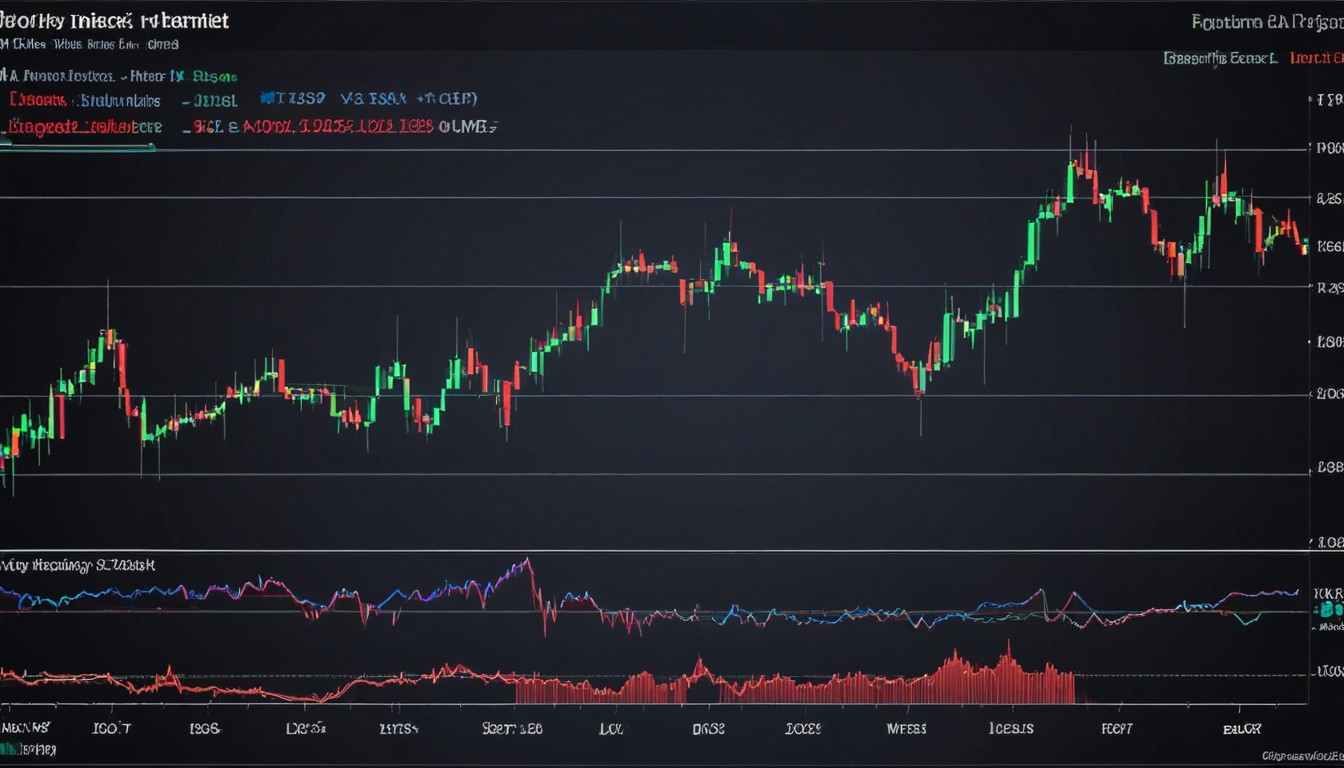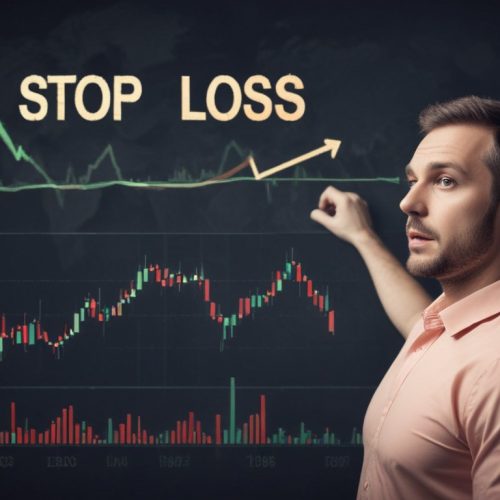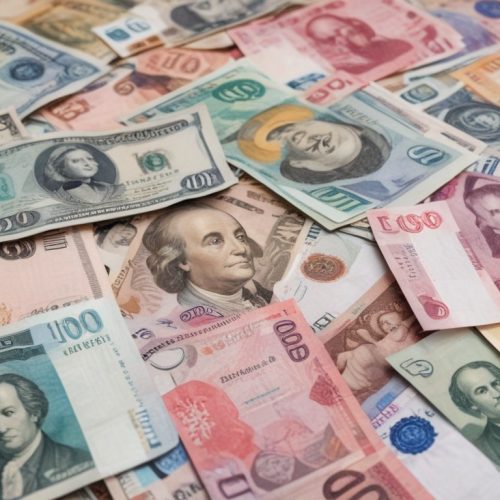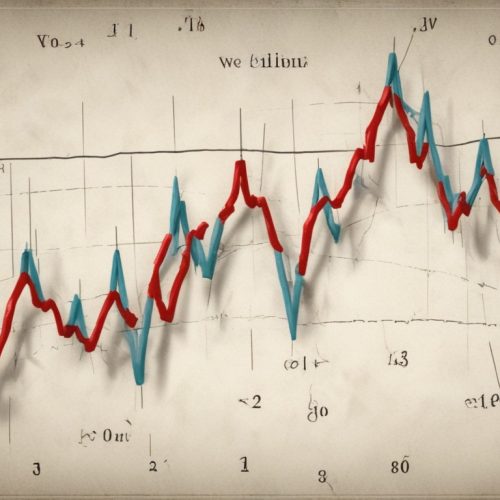Volatility Index, or VIX – is a wide-spread indicator that helps predict and anticipate the oncoming rises in volatility. It’s a forward-looking index, meaning it uses the available data to predict the financial issues in the future, in this case – in the span of 30 days.
VIX is a product of Chicago Board Option Exchange (CBOE), the biggest option market in the world. It’s an old and respectable establishment, so you can trust them to make a workable index for risk-measuring.
Volatility itself is a metric of price instability. In technical terms, it shows the level of dispersion on the market. Dispersion, for its part, shows just how many possible deals there may be in some span of time. So, VIX shows you the possible price dispersion rates in the future 30 days.
How volatility is usually measured
Numerous aspects are taken into account when measuring the possible volatility. They are used in calculations by various other indicators, in its basis also by VIX index.
Variance
Variance is a measure of market deviation. It’s a word of many meanings, but in most scenarios variance refers to the difference between the current market value and the average value.
It’s not the only use, however. If needed, variance can represent the spread differences between any two variables. But in terms of volatility-prediction, variance is useful for analyzing the variability of certain assets. In essence, variability is volatility – both imply wider range of possible values in comparison to the average value (‘as it should be’)
Average value
Average value, or mean value, in this case. This is the parameter that shows what the asset was worth on average at that particular day. By itself the metric doesn’t tell you much, but if you compare means of different days, you’ll be able to see both the changing rates of the certain asset and its relation to the price at which you bought it.
In essence, the mean parameter also shows the volatility, albeit in broad sense and on average. The price can surge in the first two hours of trading, then fall back down and stay on that level for the rest of the day. In this case the mean won’t change by much, but the swing width (and the nominal volatility) will be large.
Standard deviation
Standard deviation – is the product of both variance and mean value or an asset. While calculating the deviation, you take the data points. The dispersion of data between them and the mean value is in general terms the standard deviation. Additionally, deviation squared is a variance of the same asset. It probably doesn’t tell you much, but the relation between these two parameters is imminently apparent.
Deviation takes into account both the mean and the variance of the current asset. It’s a complex, yet simple factor used by many to determine the volatility level of the certain asset without having to use the indexes like VIX.
The flaws of standard deviation
This approach has its flaws. Most notably – the fact that standard deviation only takes into account the historical data, this is also why it’s called the ‘historical volatility’ method. The principle of reading the historical data is fairly flawed.
It monitors the value behavior for the past several months and hopes that the following few months will have the similar movement pattern. It generally works, but breaks after the first financial emergency, like the massive price downfall.
And there are many more methods like this one, but they are even more speculative than historical volatility reading. Unlike these methods, VIX uses the legitimate cues to determine whether the price is going to drastically change over the course of following month.
How does VIX work?
CBOE Volatility Index two types of CBOE-issued SPX options. One expires on the third Friday of each month, the other – on each Friday of each month. The data behind each option contributes to the indicator results, but the formula itself is incredibly complicated.
It consists of parameters like time to expiration, strike prices, intervals between them, and even interest rate. Suffice it to say, the creators of this indicator made it into a single automated index so that you wouldn’t have to gather all this data and conduct the calculation by yourself.
VIX measures volatility, that’s true. However, the volatility it measures is based off another index – S&P 500 Index, a very well-known indicator that provides investors with the thorough insight on the performance of 500 top companies. VIX stock index measures the volatility risks behind the performance of high-tier stock.
The index calculates if the relative performance of these companies drops low enough to expose the possible systematic risk across the market, basically speaking. Let’s figure out what that means.
What does VIX represent?
If VIX graph keeps rising, it means that the performance of the top 500 companies that submitted the data for calculation starts falling. The logic behind this statement is simple: if all (or large part of) top investors start losing money, then something financially detrimental happened to all of them.
It means that something caused systematic market risk, and the top companies are only the first in line of crisis. Now, systematic market risk is tightly associated with volatility. Strictly speaking, volatility represents the amount of market risk, and systematic market risk is the worse of the two sorts.
As opposed to the unsystematic risk, systematic risk affects the entirety of investment market, or the significant portion of it. The larger market risk is, the riskier it is to invest into the market. Volatility can increase within the bounds of one exchange, industry or company, in this instance the associated risks are unsystematic and likely won’t affect the neighbors.
But the systematic risk will affect the neighbors. That’s why, even though you may not have invested in any capacity into any of these top companies, you will still suffer the effects of volatility.
How to read VIX?
VIX index investing helps you be aware of the coming difficulties. If you see at the data from the past, you may see that VIX usually drops when the S&P 500 index rises, and vice versa. Incidentally, you can use S&P 500 as a marker for market risks. These two indexes aren’t correlating. The share values won’t get higher if the VIX said volatility dropped. If the volatility drops, VIX drops as well – that’s how it works.
The ‘stress boundary’ of VIX is 20 points. If the graph drops below that, then the volatility rates are tame and there are no investment risks outside of those that already exist.
The average day-to-day levels are between 20 and 30. This is considered the healthy amount of risk. But if the graph rises above 30, then the risks start mounting, investment fear increases and prices start acting sporadically – both because of fear and the oncoming volatility wave.
Therefore, if the VIX levels climb above 30, you should consider making precautions. For instance, attempt a hedging maneuver – buy an additional put option for a designated price to save a portion of your assets from being crushed by instability. Additionally, you could consider diversifying your portfolio.






